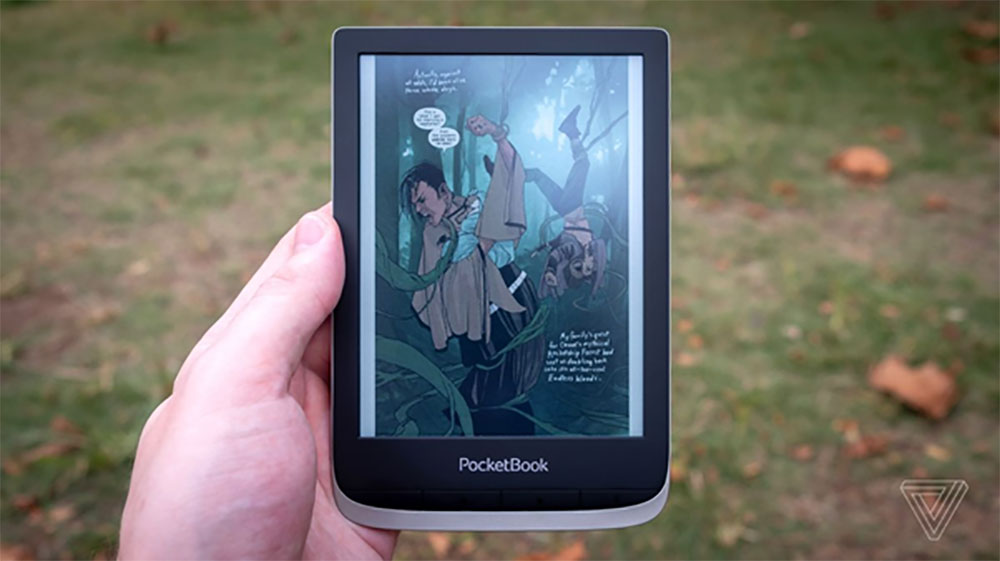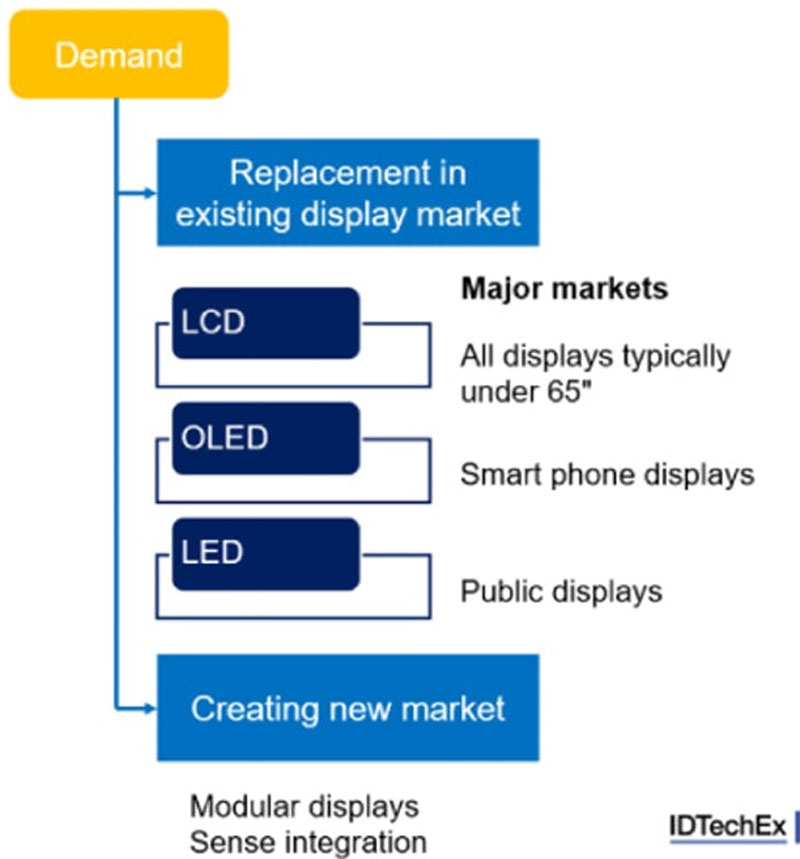Digital signage is steadily and surely making its way into businesses across sectors. A real-time digital channel is much required, especially in a place where you have your attention.
Given their intention to ‘buy’, you have the time with your customers to pass on important pieces of communication. It is well known that customer engagement can dramatically uplift sales.
So why not use the golden time with your customer to communicate efficiently and increase engagement, and eventually sales?
Digital Signage Solutions, therefore, may be key, but requirements and needs across different sectors are not quite the same. Therefore, the solution deployed may differ. For example, a food outlet may not have a change in its menu or dishes as often as a clothing store, which has changing trends and designs.
With different requirements come different solutions, and more importantly, different price points and features.
To optimize your digital signage solution to the best possible configuration, one must keep in mind various parameters before deciding on a direction. For example, once hardware is procured, you are limited by its capabilities, so make sure you think it through and make a choice.
Here are some key points one must think through before making a decision on a digital signage technology for your business.
1) What Will It Be Used For?
Understanding the intended application of the digital signage solution is essential in evaluating the infrastructure you need.
Is it used to show basic offerings, or is it for secondary revenues like advertisements?
Would simple images and videos do, or would you at some point want to integrate with your ERP to show real-time data?
Let’s say you own a fast-food chain, and you want to use digital signage to showcase your menu offerings. In this case, the digital signage solution would be primarily used to display basic offerings such as burger combos, meal deals, and limited-time promotions.
However, if you plan to expand your business to include third-party advertisements, the solution should also support dynamic ad content, allowing you to generate additional revenue by showcasing ads from partner brands.
2) Hardware – Will It Satisfy Your Current Requirements as Well as in the Future?
Charting down current and future requirements for your solution is important, especially with respect to its hardware (device).
This is because your hardware may prove to be a constraint over time. Of course, don’t overthink this, there’s no need to imagine “maybe” scenarios to needlessly purchase an upgraded hardware when there is no foreseeable need.
For longer-term changes, there are innovative ways to work around upgrading.
For example, A signage whose purpose is to share best practices in a corporation may be required at some point to enable live streaming of leadership messages. Hence, this must be accounted for in the hardware. However, there is no need for complex advertising features for this use case.
3) Ease of Use
In our experience, this cannot be emphasized enough. Complex installations, deployments, and needless integrations make a solution difficult to adopt by your own staff, who are to be its users. To start with, focus on the “ease of use” of the product. It should be plug-and-play and easy to understand for users. And in consecutive steps, advanced features can be plugged in.
Consider a retail store where the staff is responsible for managing the digital signage. The solution you choose should have a user-friendly interface that requires minimal training. A plug-and-play system with an intuitive content management platform would enable your staff to easily update and schedule promotions, ensuring smooth operation without the need for extensive technical expertise.
4) Dashboards and Alerts to Monitor
One of the facets of monitoring remotely is to have aggregated data or dashboards that can be centrally viewed by users. For example, if the utilization of the screen or revenue earned for a Digital OOH provider is a key metric, a real-time dashboard of utilization and revenue earned, and its trends will be key to the management.
Such Key Performance Indicators (KPI’s) should be distilled out and easily viewable.
In addition, you may trigger alerts on certain events. For example, in the previous example, if the utilization is too low, one may send out an email or an SMS to the management mentioning that the revenue earned is currently below the minimum threshold.
5) Capability to Integrate – Social Media / ERP
One should always check out the ability of a solution provider to integrate with ERPs and social media. Many times, solution providers use out-of-the-box solutions and don’t have access to customize beyond a certain level, which may restrict the solution’s capability.
Imagine you operate a fashion boutique and want to create engaging campaigns by incorporating user-generated content. With social media integration, customers can be encouraged to post pictures of themselves wearing your brand with a specific hashtag. These posts can then be aggregated and displayed on the digital signage within your store, showcasing real customers and promoting a sense of community and authenticity.
6) Ability to Add Sensors
These are also very important and exciting additions to the core product. The ability to add sensors tremendously increases digital signage use cases. For example, with motion sensors, one can play videos based on which product is viewed or picked up by customers, substantially increasing engagement and sales.
Imagine you’re the administrator of a busy hospital. Incorporating sensors into your digital signage can improve the overall patient experience and streamline hospital operations.
For instance, you can install occupancy sensors in waiting areas to monitor the number of people present. When the occupancy reaches a certain threshold, the digital signage can display messages encouraging patients to move to quieter areas, reducing overcrowding and improving comfort.
7) Pricing
After the technical requirements are satisfied, the next key parameter is, of course, cost and how it can be optimized. One should have a pricing model that works on features used and/or volumes. One can then ‘scale it up’ later to add in more features and optimize costs.
8) Lead Time, Refresher Trainings & Scalability
These three may seem minor, but important points to keep in mind, and can be the last step in your conversations with service providers. You should align on a lead time for the end-to-end installation of the digital signage solution.
In addition, frequency and duration of remote trainings can be enquired about. Many a metimethe operator using the solution change, and so a refresher training for them, as well as for any other personnel, must also be enabled.
Finally, scalability and ease of expanding the solution to different locations, and the mobility of existing installations, must also be gauged. This is generally easy, and then it should not be an issue.
At Intelisa, we are happy to consult you on the optimum configuration you would need for your requirements, so that you don’t need to worry about the tech, and can focus on what you do really well, which is customer engagement and business growth!







































